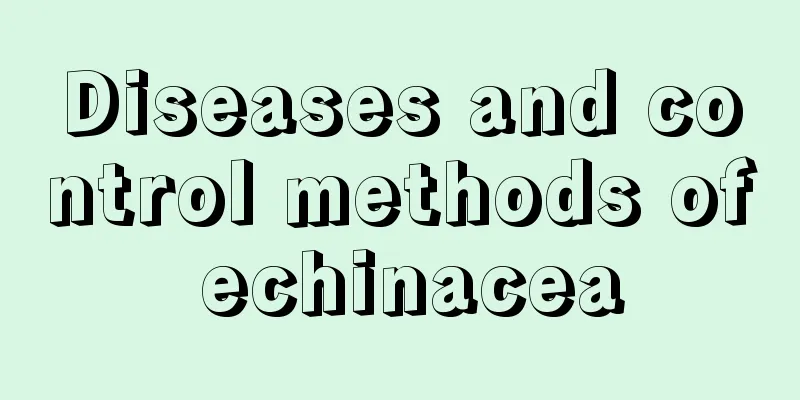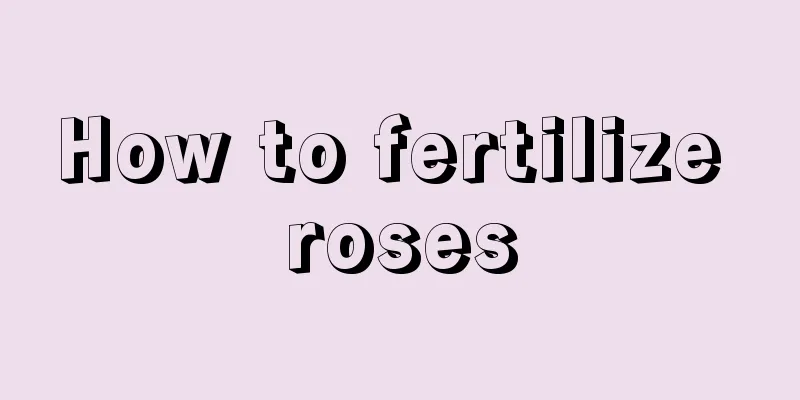Diseases and control methods of echinacea

Diseases of Echinacea: Root RotsymptomAlso known as black stem disease, in the early stages of Echinacea infection, the leaves on the upper part of the plant will shrink and curl, and even the leaves of the entire plant will dry up and fall off. In severe cases, the roots turn brown until the entire plant dies. Prevention and treatment methodsUse 1000 times diluted 40% sodium sulfamethoxam wettable powder to spray or water the diseased plants once every 3-5 days. Spraying 2-3 times will produce results. Diseases of Echinacea: Yellow Leaf DiseasesymptomAfter Echinacea is infected with yellow leaf disease, there will be no symptoms in the first year, and the plant will only be affected in the second year. After Echinacea is infected with yellow leaf disease, the leaves of the plant turn yellow and some curl, causing the plant to grow slowly and become short, and the flowers become deformed and the color becomes lighter. Prevention and treatment methodsUsually spray 500 times diluted 50% carbendazim wettable powder or 600 times diluted 75% thiophanate-methyl wettable powder once every 7-10 days, and spray continuously 2-3 times. When it is found that most of the diseased plants have turned yellow, they must be pulled out in time and destroyed in a centralized manner to prevent the spread of the disease. Diseases of Echinacea: Mosaic diseasesymptomAfter being infected with mosaic disease, the young leaves of Echinacea will develop patterns of alternating dark green and light green, turning into mosaic leaves. When the disease occurs on mature plants, the new leaves appear yellow-green mosaic-like, the diseased leaves become smaller and slightly wrinkled, and in severe cases the leaves curl up, and the leaves at the bottom of the diseased plants gradually turn yellow and wither. Prevention and treatment methodsAt the early stage of the disease, spray 300 times diluted 5% Bacteria and Virus Clearing wettable powder, or 500 times diluted 3% Triazole riboside aqueous solution (Enobeta), or 250-300 times diluted 0.5% Anti-toxic Agent No. 1 aqueous solution, or 500 times diluted 20% Du Kexing wettable powder, or 500 times diluted 20% Morphoguanidine hydrochloride·Copper wettable powder, or 500 times diluted 20% Virus Dan wettable powder. In addition, add 25 to 30 grams of zinc sulfate, 20 grams of boric fertilizer, and 5 grams of natural brassinolide, and spray with aphidicide once every 5 to 7 days for 2 to 3 times. Remove diseased plants promptly and destroy them in a centralized manner to prevent the spread of the disease. |
<<: Diseases and prevention methods of Camellia sasanqua
>>: Common diseases of Dendrobium officinale and their prevention and treatment methods
Recommend
When does peach blossom bloom?
1. Flowering period The flowering period of peach...
Differences between Rain Tree and Albizia Julibrissin
1. Difference of blades The rain tree has 3-8 pai...
Difference Between White Lilac and Purple Lilac
1. Leaf Difference The leaves of white lilac are ...
Indoor air purification plant cultivation method
1. Plants that purify the air There are many plan...
How to plant the Great Cangjiao Temple
sowing Seed selection Before sowing, the seeds mu...
Spring carrot planting time and method cultivation technology and management
Spring Carrot Planting Time Spring is a good time...
When should winter melon be planted?
Winter melon is not only tender and delicious wit...
How to propagate the bright grass
Seeding propagation of Huanliang grass The sowing...
How to prune pepper trees
Pruning period Generally speaking, we choose to p...
How to prune and shape oleander
Topping method Starting from the second year afte...
What is the best month to plant fast food?
When are fast vegetables planted? The growth cycl...
How to grow peppers on the balcony
Prepare the Materials Pepper seeds, flower pots, ...
How to water the dragon blood tree
1. Watering method It is a tropical plant and has...
When to plant ornamental rapeseed?
In addition to being edible and used to extract o...
Lucky Bamboo Video: Tips on Preventing Yellow Leaves and Root Rot in Summer
Lucky Bamboo Video Materials for preventing lucky...









